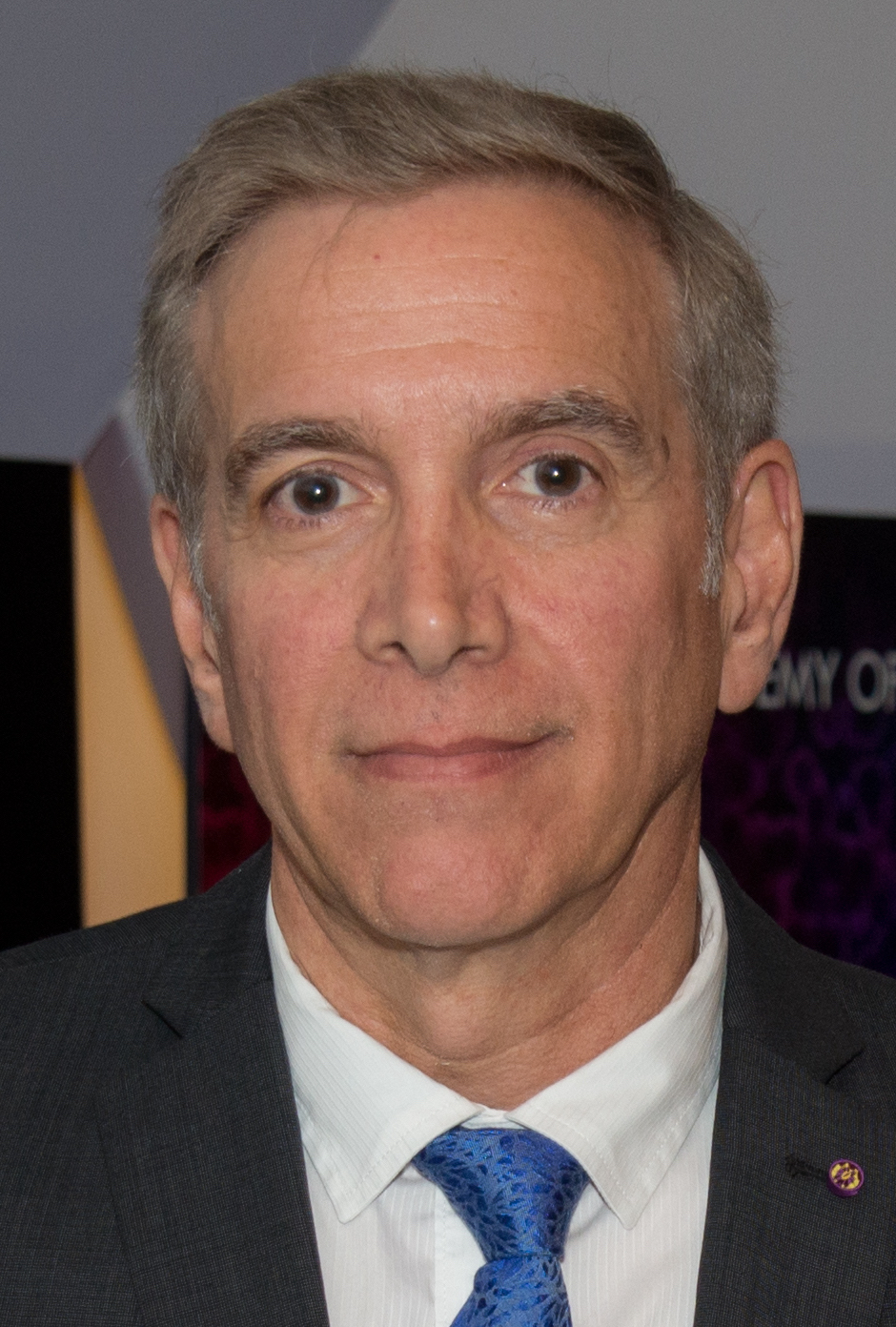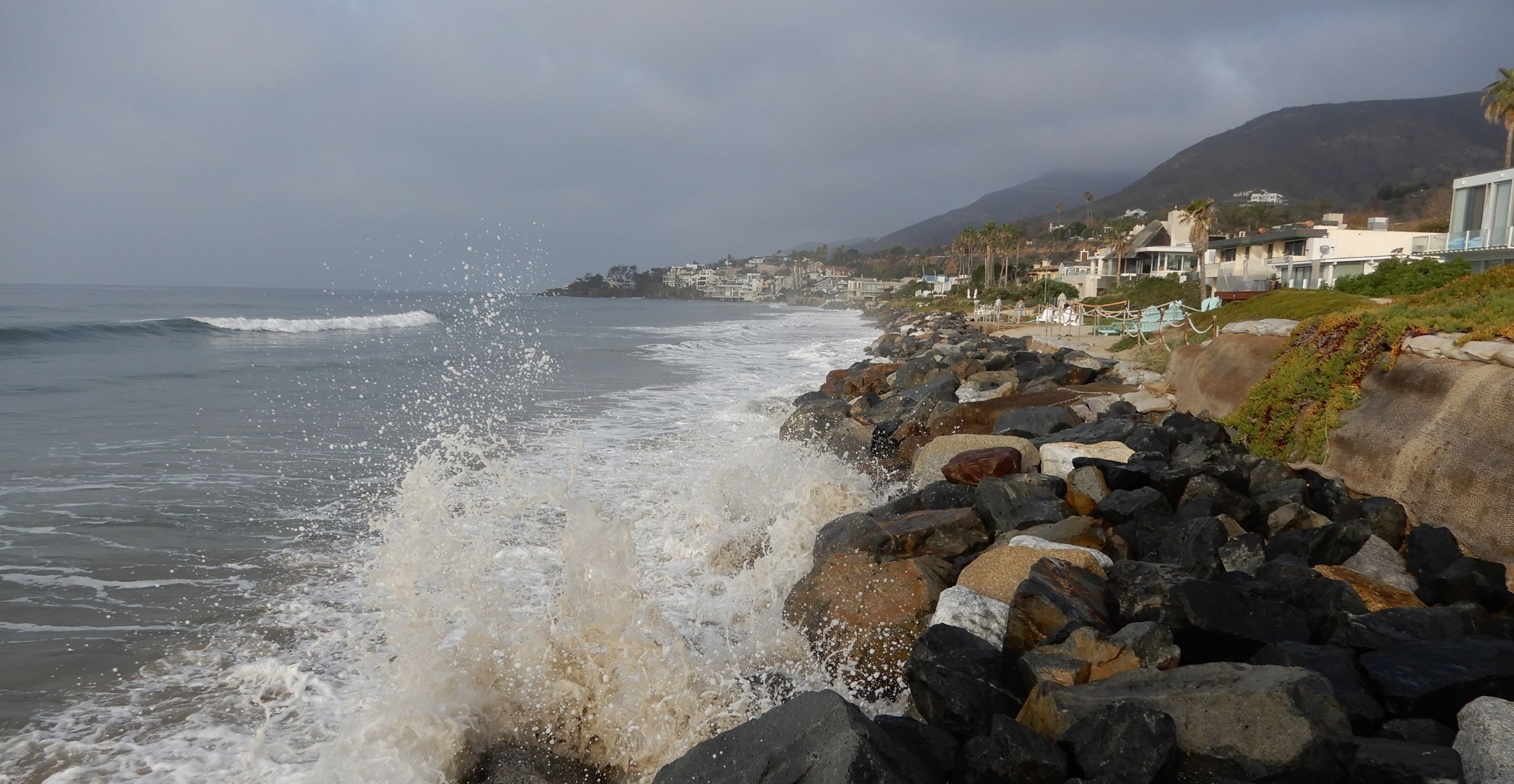
UCSB Professor Joe Incandela Named 61st Faculty Research Lecturer
What is dark matter? What allows the recently discovered Higgs boson to have such a low mass? How can we find evidence of supersymmetry? If you’re Joe Incandela, UC Santa Barbara professor of physics, these are the kinds of questions you might consider for your talk as the next UCSB Faculty Research Lecturer. Incandela has been chosen to receive the award for 2016; it is the highest honor bestowed by the university on one of its faculty members.
“I am thrilled to congratulate Professor Incandela, recently appointed as our Interim Vice Chancellor for Research, on receiving our campus’s highest research recognition,” UCSB Chancellor Henry T. Yang said. “This well-deserved honor is especially meaningful as it is bestowed by our very own colleagues. His world-renowned breakthrough research in the field of particle physics has unveiled a greater understanding of our origins and continues to shed new light on the mysteries of our universe. Our campus eagerly anticipates what I am certain will be a compelling lecture this fall.”
Incandela is the 61st recipient of the award since it was established in 1955. His lecture will take place later this year, with a date and time yet to be determined. It will be free and open to the public.
“Joe Incandela is very deserving of this honor, as he has brought acclaim and world-renowned discovery to UCSB,” said Pierre Wiltzius, dean of mathematical, life and physical sciences. “I know the entire campus community shares my excitement to hear the latest developments in his research with both CERN and the High Energy Physics Group.”
“It is a very great honor for me to be the recipient of this year’s Faculty Research Lecturer Award,” Incandela said. “This was an unexpected and very pleasant surprise. I am very grateful for the extraordinary support Chancellor Yang, Dean Wiltzius, Physics Department chairs Mark Srednicki, Omer Blaes, Philip Pincus and many others here at UCSB have given me, that has allowed me to take on some very big projects for a university professor. I feel very fortunate.”
A member of the UCSB High Energy Physics group, Incandela does much of his research at the European Organization for Nuclear Research (CERN) in Switzerland, where he and his colleagues are part of the Compact Muon Solenoid (CMS) experiment. CMS is one of two large, all-purpose detectors located along the 16-mile long underground tunnel of the Large Hadron Collider (LHC), charged with the task of finding the energetic signatures of certain rare and elusive subatomic particles that may emerge as a result of proton beams colliding at the highest energies ever achieved.
“I sometimes like to say that I am looking for the genetic code of our universe,” he explained. “My research, and that of my colleagues at UCSB, is focused on understanding the most basic elements and forces.”
In 2012, as spokesperson for CMS — and the first American to lead an LHC experiment — Incandela announced the historic discovery of the Higgs boson at CERN. It was a finding that both validated a 50-year-old hypothesis about the nature of the universe and opened the door to new questions: While the discovery of the Higgs boson confirmed assumptions about how elementary particles acquire mass according to the prevailing Standard Model of particle physics, the relatively low mass at which it was found is hard to understand without invoking some new property for the universe.
According to Incandela, the most compelling of these theories is supersymmetry, which can be thought of as providing mirror images of the Standard Model particles, but with a slightly distorted reflection that changes one of their key properties. “These ‘superpartners’, as they are called, bring balance to an otherwise unstable universe by eliminating effects that would drive the Higgs mass to a ridiculously high value,” he said.
To investigate further, scientists at CERN are proceeding with higher energies now, and upgrades to the LHC and its detectors later, in essence preparing for much higher rates of proton collisions, and an even bigger deluge of data. Incandela and his team are currently involved in the design and prototyping of a calorimeter for the CMS detector that will not only be able to withstand the enormous increase in energy but also help sift through the huge amount of noise generated by the big increase in the number of collisions. From this effort, he and his colleagues hope to find evidence for supersymmetry, including signs of dark matter — a very weakly interacting invisible form of matter that nonetheless constitutes far more of the universe than the matter we can see.
“What we see around us and much of the evolution and structure of the universe is determined by Standard Model particles and forces, but we know the story is incomplete,” he said.
Incandela, who currently holds the campus’s Yzurdiaga Chair in Experimental Science, joined the UCSB faculty in 2001 after a decade spent at Fermi National Accelerator Laboratory. He received his doctorate in physics in 1986 from the University of Chicago and is an author on more than 1,000 publications.
A recipient of the Milner Foundation’s 2013 Special Breakthrough Prize in Physics, Incandela is also a fellow of the National Academy of Sciences as well as of the American Association for the Advancement of Science and of the American Physical Society. He is a member of the High Energy Physics Advisory panel to the U.S. Department of Energy and the National Science Foundation. In addition, he holds appointments at the Perimeter Institute in Waterloo, Canada, and at the Tata Institute for Fundamental Research in Mumbai, India.



